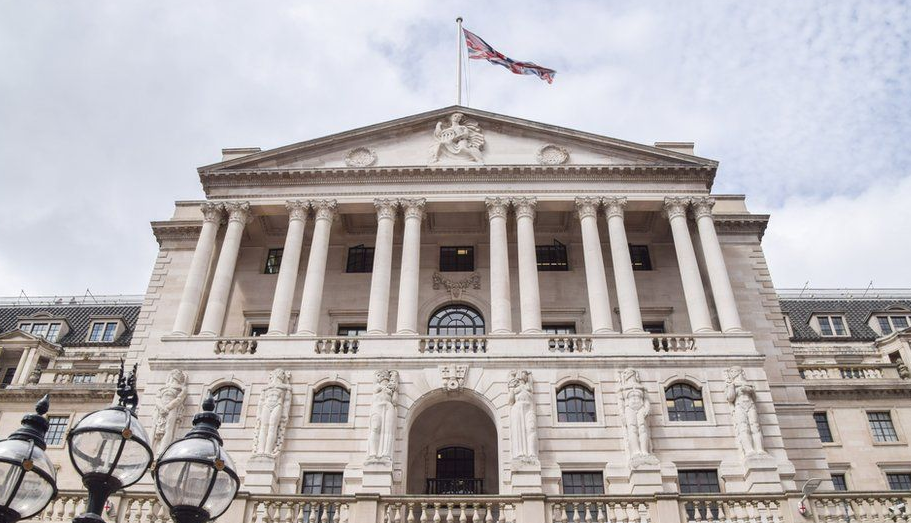If you are planning to visit or invest in the UK, it is essential to have a basic understanding of the country's financial system. The United Kingdom National Bank, also known as the Bank of England, is the country's central bank and is responsible for maintaining monetary stability and financial regulation. In this article, we will take a detailed look at the Bank of England, its history, functions, and role in the UK's economy.
The Bank of England was established in 1694 and is the second-oldest central bank in the world, after the Swedish Riksbank. The Bank of England's primary mandate is to maintain monetary stability in the United Kingdom, which involves keeping inflation low and stable. In addition, the United Kingdom National Bank is responsible for promoting financial stability and regulating the financial system to ensure it operates in a safe and efficient manner.
History of United Kingdom National Bank
The Bank of England was established in 1694 as a private bank to raise funds for the government. Over time, its role expanded, and it became the UK's central bank in 1844. The Bank of England has played a significant role in the United Kingdom's financial history, including financing wars and managing crises such as the 2008 financial crisis.
Structure and Governance of the Bank of England
The Bank of England's governance structure is designed to ensure its independence from political influence. The Bank of England is overseen by a court of directors, which is responsible for the bank's strategic direction. The court is chaired by the Governor of the Bank of England, who is appointed by the government.
The Bank of England's policymaking body is the Monetary Policy Committee (MPC), which is responsible for setting interest rates to achieve the UK government's inflation target. The MPC is composed of nine members, including the Governor of the Bank of England and three deputy governors.
Functions of United Kingdom National Bank
The Bank of England has several functions, including maintaining monetary stability, promoting financial stability, and regulating the financial system.
Monetary Policy
The Bank of England's primary function is to maintain monetary stability in the UK, which involves keeping inflation low and stable. To achieve this, the Bank of England sets the interest rate to influence the demand for goods and services and the level of borrowing in the economy.
Financial Stability
The Bank of England is also responsible for promoting financial stability in the United Kingdom. Financial stability involves ensuring that the financial system operates in a safe and efficient manner and that it can absorb shocks without causing significant disruption to the economy.
Financial Regulation
The Bank of England is responsible for regulating the financial system in the United Kingdom. This involves setting rules and regulations for financial institutions and overseeing their compliance. The Bank of England's regulatory responsibilities include supervising banks, insurance companies, and other financial institutions.
Bank of England’s Relationship with the Government
Although the Bank of England is independent of political influence, it works closely with the government of the UK. The Bank of England's Governor appears regularly before parliamentary committees to answer questions about the bank's policies and activities.
Bank of England’s Relationship with Other Central Banks
The Bank of England is a member of the international central banking community and works closely with other central banks around the world. The Bank of England is a member of the G10 central banks, which includes the Federal Reserve, the European Central Bank, and the Bank of Japan. The Bank of England also works closely with other central banks in the United Kingdom's Commonwealth countries, such as Canada and Australia.
Role of the Bank of England in the United Kingdom’s Economy
The Bank of England plays a crucial role in the United Kingdom's economy by ensuring monetary and financial stability. The Bank of England's monetary policy decisions affect the cost of borrowing and, therefore, the level of economic activity. The Bank of England also oversees the stability of the financial system and regulates financial institutions to ensure they operate in a safe and efficient manner.
Recent Developments
In recent years, the Bank of England has implemented several policy changes to adapt to changes in the global economy. In 2016, the Bank of England reduced interest rates to a historic low of 0.25% to stimulate economic growth following the Brexit referendum. In 2019, the Bank of England launched a new payment system to modernize the country's payment infrastructure.
FAQs
- Is the Bank of England the same as the Royal Bank of Scotland?
No, the Bank of England and the Royal Bank of Scotland are separate institutions.
- How is the Bank of England's Governor appointed?
The Governor of the Bank of England is appointed by the government.
- What is the Bank of England's primary function?
The Bank of England's primary function is to maintain monetary stability.
- What is the Monetary Policy Committee?
The Monetary Policy Committee is responsible for setting interest rates to achieve the government's inflation target.
- What recent policy changes has the Bank of England implemented?
In recent years, the Bank of England has reduced interest rates and launched a new payment system to modernize the country's payment infrastructure.
Conclusion
The Bank of England is a vital institution in the United Kingdom's financial system, responsible for maintaining monetary and financial stability. The Bank of England's primary function is to keep inflation low and stable, and it also promotes financial stability and regulates the financial system. The Bank of England's recent policy changes show its commitment to adapt to changes in the global economy while fulfilling its mandate.
References
- Bank of England. (2021). About the Bank. Retrieved from https://www.bankofengland.co.uk/about/the-bank-and-its-role
- Bank of England. (2021). Monetary policy. Retrieved from https://www.bankofengland.co.uk/monetary-policy
- Bank of England. (2021). Financial stability. Retrieved from https://www.bankofengland.co.uk/financial-stability
- Bank of England. (2019). Bank launches new way to pay. Retrieved from https://www.bankofengland.co.uk/news/2019/july/bank-launches-new-way-to-pay
